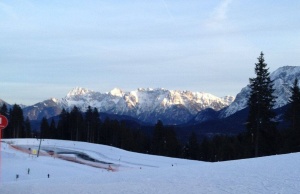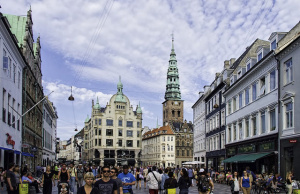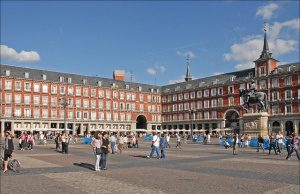Edinburgh’s Old Town
Thoughts of the Scottish capital of Edinburgh invoke images of stone castles, medieval architecture, winding cobblestone streets and, naturally, a few bagpipes.
While the New Town and coastal areas are thriving sections of the city, my personal favorite part is the original, medieval Edinburgh’s Old Town. Kings and queens, invading armies, the condemned and the celebrated have walked through these streets for hundreds of years and in 1995 the Old Town has been an official UNESCO World Heritage Site since 1995.
The Start Of Edinburgh’s Old Town Begins With The Edinburgh Castle
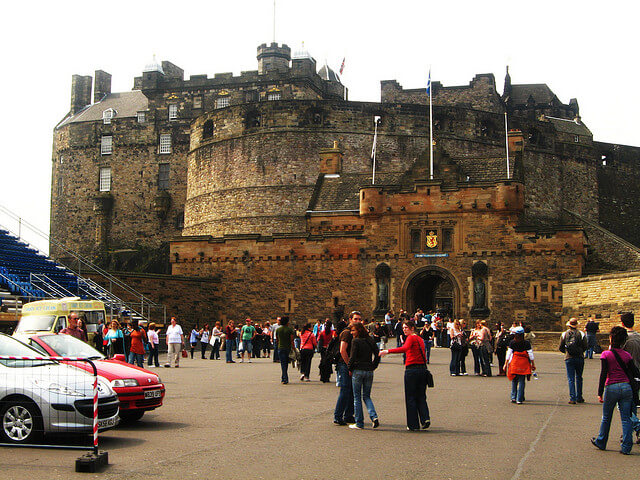
The layout of Edinburgh’s Old Town runs similar to many of the old quarters of northern European cities. It begins with the fortification, in this case the picturesque Edinburgh Castle perched on top of a rocky crag (rocky or steep cliff) that has developed from a long extinct volcano.
This crag, known as Castle Rock, was the earliest section of the city to be developed. It is unknown when the earliest fortification was built there, some evidence suggests early settlements to the late Bronze Age, but it is widely accepted that some sort of castle was first erected in the 11th century.
The Royal Mile
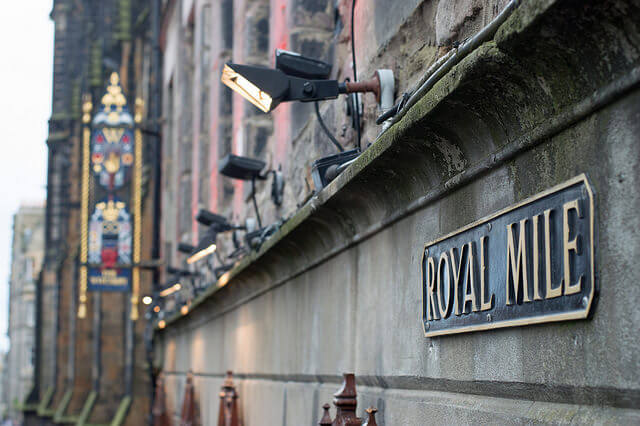
From the Edinburgh Castle, the layout of the Edinburgh’s Old Town slopes down towards the east on the tail of land from Castle Rock. During the 12th century, Holyrood Abbey was built at the foot of the hill, which created the spine in which medieval Edinburgh grew. This connection between the two is commonly referred to as the Royal Mile. Today there are only ruins of the Holyrood Abbey, but it is a spot not to be missed. Along the Royal Mile, small alleys and streets come from each side, forming a fishbone shape and each offering a cool new place to explore.
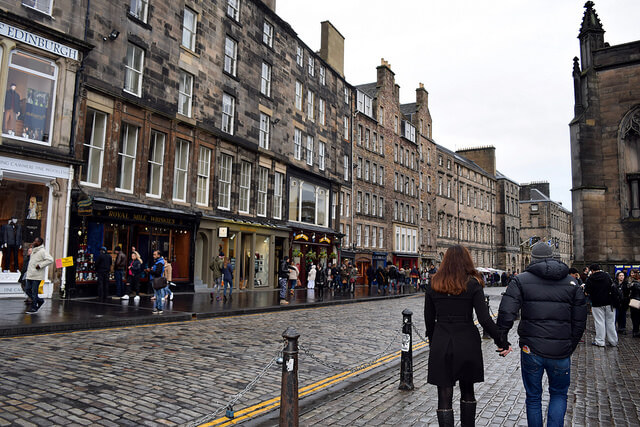
During the development of the residential area of the Royal Mile, it was very advantageous to live inside the defensive walls. Since the street area itself is so narrow, the homes had to be built in a multi-story fashion and are considered some of the first “high rise” residential buildings.
On the Royal Mile, you will find the heartbeat of Edinburgh’s Old Town. Not only is it one of the main sections of the world famous Edinburgh Festival Fringe, but it is also full of the oldest visitor attractions and tons of shops, bars, restaurants and nightclubs.
St Giles’ Cathedral
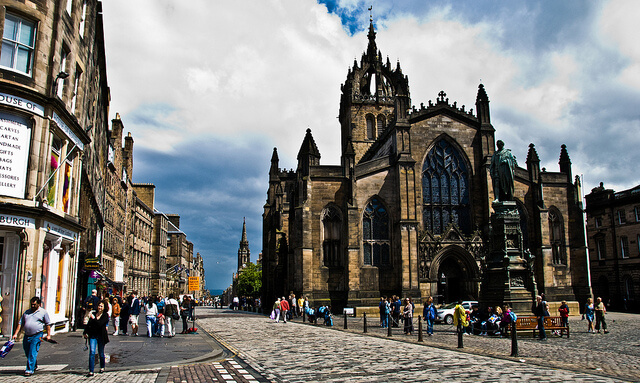
Also known as the High Kirk of Edinburgh, the Cathedral has been the focal point of the Church of Scotland and the principle place of worship for nearly 900 years. The present church dates to the 14th century, with a famous crown spire and stands in the center of the Royal Mile between Edinburgh Castle and the Palace of Holyroodhouse.
[Edinburgh Guide], [Time Out]
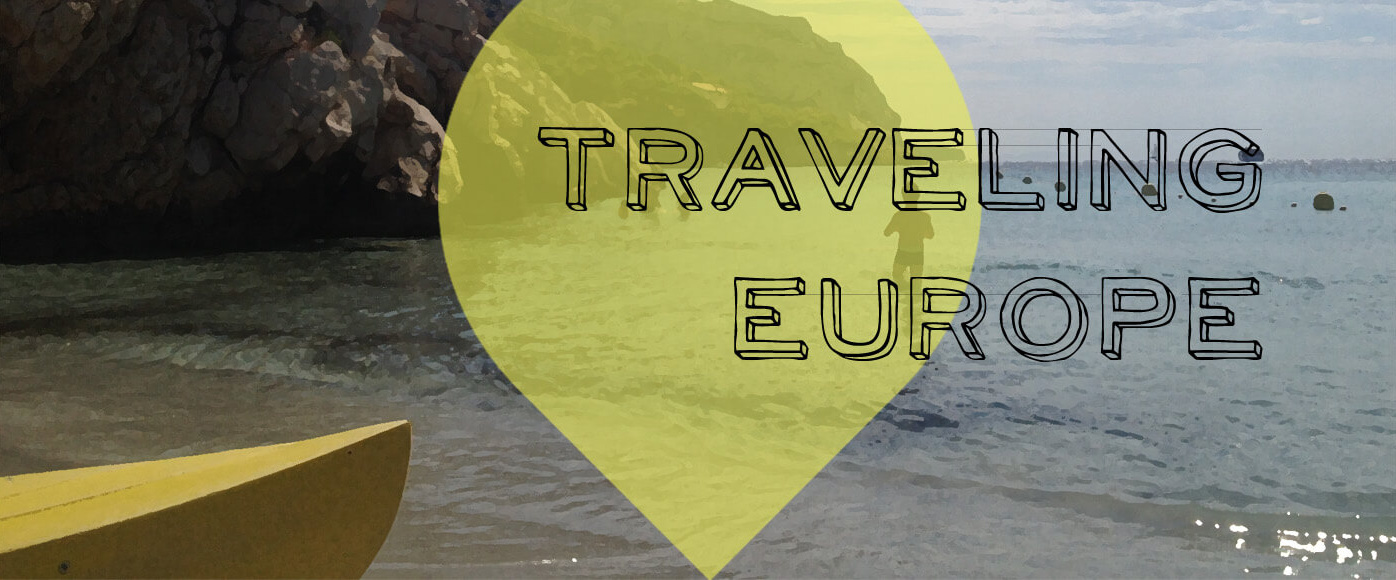

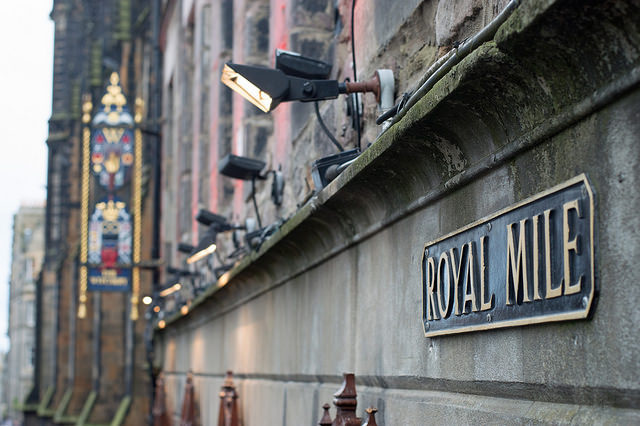
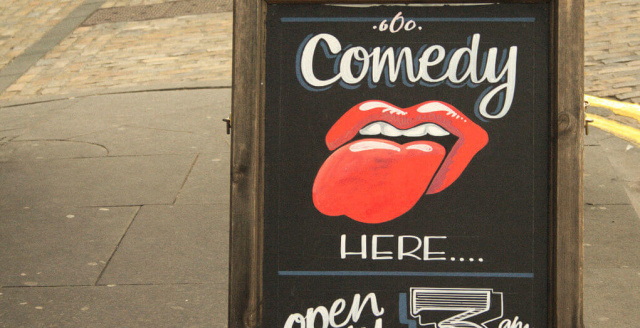
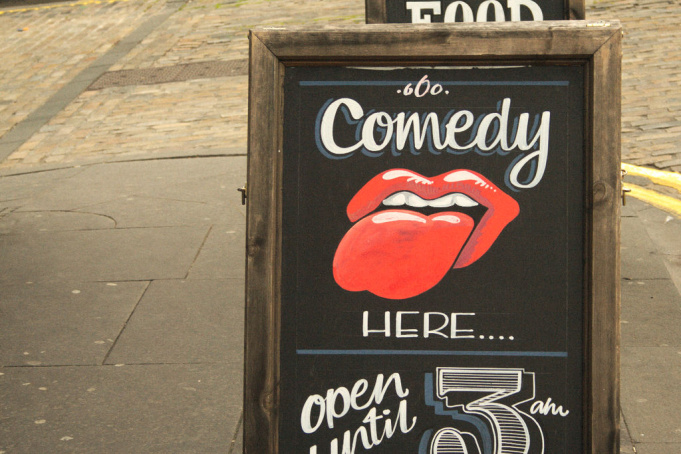
![Street Performer - By Festival Fringe Society (Own work) [CC BY-SA 3.0 ], via Wikimedia Commons](https://travelingeurope.biz//wp-content/uploads/2015/11/Street-performer-Fringe-Festival-1024x599.jpg)

